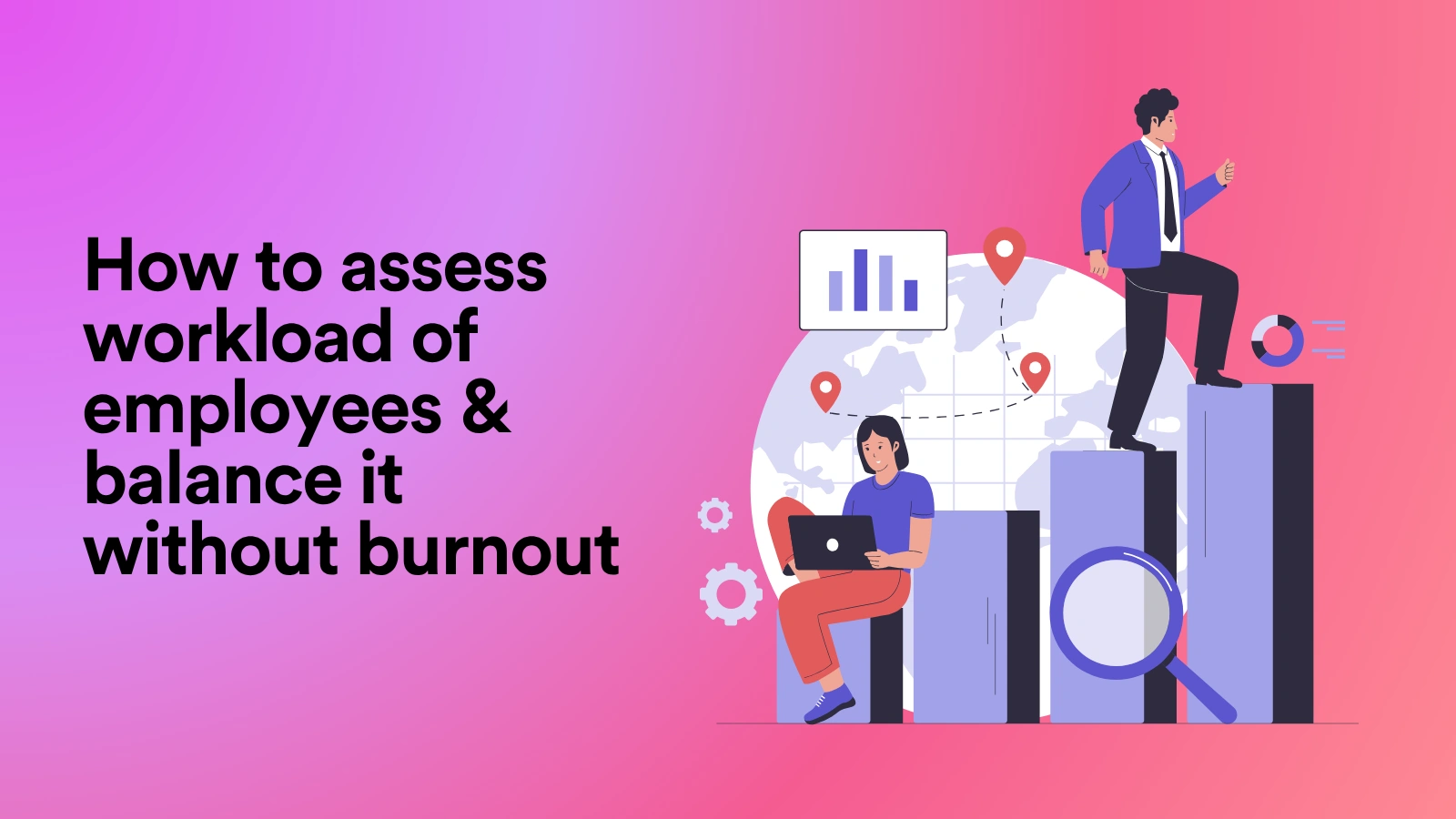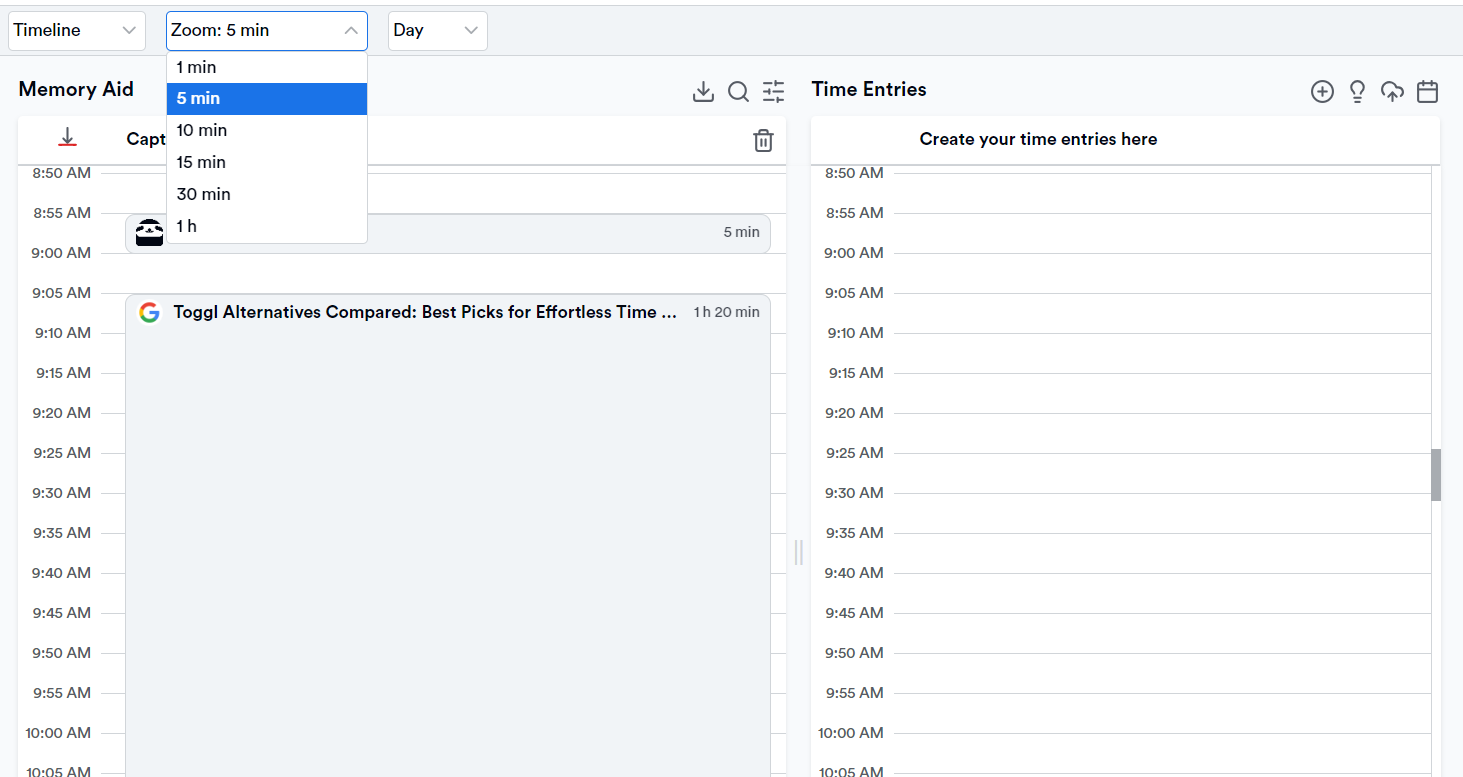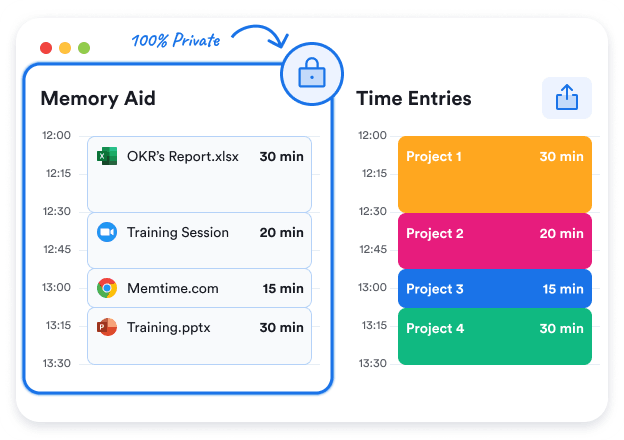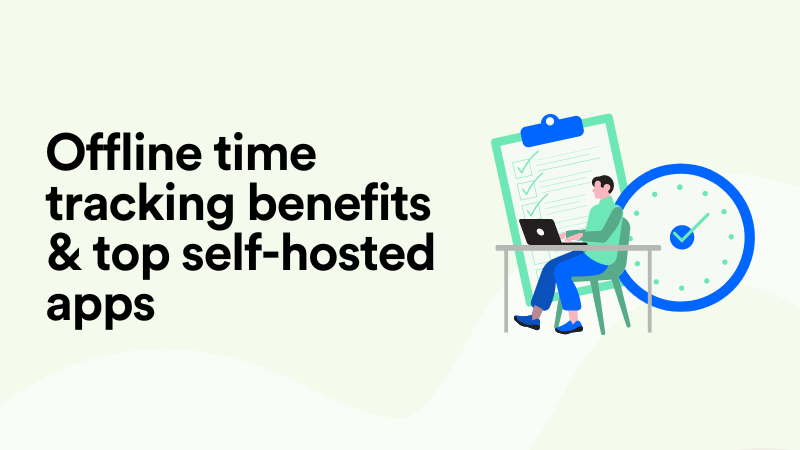How to Assess Workload of Employees & Balance It Without Burnout

Team leads and HR professionals often face a familiar yet surreptitious scenario: some employees are silently drowning in tasks while others have the capacity to take on oodles more work. Now, let’s be clear, this situation is not always intentional, and it’s surprisingly hard to detect. Project management tools rarely reflect the full scope of what someone is handling. As for timesheets? Well, they can pendulously swing in either direction depending on how someone approaches their workday.
This kind of jarring mismatch isn’t just inefficient – it’s risky to the business overall. It provides the conditions whereby burnout builds insidiously. Motivation can drop. And over time, your most reliable performers might start pulling back (intentionally or otherwise), while others remain underutilized.
The key to fixing this isn’t micromanagement. It’s transparency and coherence. And that doesn’t come from a team manager’s gut instinct or invasive oversight. It comes from finding a respectful, accurate way to understand how work is really being distributed—and bringing your team into the process without coercion.
So, are you ready to see how open, non-intrusive time tracking can support team growth without compromising trust? Read on.

What is burnout anyway?
We often touched on the subject of burnout. But what is it exactly? Is it an inevitability? Does it look and/or feel different for different people? How do you know if you’re on the brink or already in the midst of burnout? While this matter could do with its very own article in terms of how simple time tracking can help stave off the blight of burnout, let’s just provide you with a brief outline of what it is and how it may present itself.
What are the signs of burnout? The following symptoms are just a few of the key indicators that you’re in the throes of burnout or on the brink of it:
- Feeling cut off from your job, coworkers, or general purpose, AKA detachment
- Persistent exhaustion regardless of sleep duration
- A decrease in output, decision fatigue, and trouble focusing
- Displaying or feeling increasingly pessimistic about your work or the company
What are the typical catalysts? Burnout doesn't just happen; it's frequently the consequence of particular workplace pressures and patterns that progressively accumulate over time.
- Lack of authority over important choices, time, or resources
- Deadlines or workloads that are wildly unrealistic
- Ineffective management or ambiguous expectations
- A toxic workplace culture that includes ongoing pressure, shifting of blame, or a glaring lack of appreciation
- Being constantly "on," even after work hours, due to a blurred work-life balance
What are the impacts? Unchecked burnout damages not only individuals but also team morale. It can lead to increased employee churn (AKA turnover) and eventually affect the bottom line.
More importantly, however, if left unchecked, it can result in mental health problems like anxiety and depression. Because of this, many companies now consider mental health to be a strategic priority rather than merely a personal one.
How to calculate workload of employees
So, now that we have more of a grasp of what burnout can mean – not just in terms of singular team members but for the company as a whole – we can now tackle how to measure employee workload.
To be clear, monitoring your team's workload is crucial for preventing the burnout mentioned earlier, but it should also accurately reflect your team's capacity, which will boost productivity. To put it another way, it goes beyond simply identifying the individuals who are overworked.
Companies can use the following practical methods to gauge and balance out the workload levels:
Quantitative Methods
When it comes to understanding team workload, you can't quibble with cold, hard numbers– these methods give a clear, data-driven picture of who’s stretched too thin.
- Task completion rate: This is the number of tasks assigned compared to the number of tasks finished within a given time frame.
- Utilization rate: Reflects how much of an employee’s actual working time is spent on billable or core tasks. For example, if someone logs 32 hours of productive work out of a 40-hour workweek, their utilization is 80%.
- Work hours: Accurately recorded hours, particularly overtime, can indicate overcapacity.
- Tools for project management: Task loads for teams are collected and displayed via specialized software. More on those in our next section.

Qualitative Methods
Sometimes, the best insights *whispers* dooon't come from daaaataaaa... Believe it or not, you also need to ask how your team feels about their workload. Qualitative approaches use employee experiences to uncover the hidden stressors that lie behind the statistics, while numerical data only provides one side of the story.
Here's how to begin evaluating that:
- Self-assessments and employee surveys: To put it another way, you must proactively inquire, "Do you feel you have too much on your plate?" or "Can you comfortably meet deadlines?" and be open to criticism.
- One-on-one meetings with management: Regularly having these open-ended conversations can help uncover hidden burdens or priorities that aren't aligned.
- Identifying clear (and occasionally obscure) indicators: Keep an eye out for your team's declining participation or, equally important, a lot of last-minute requests.
Workload Forecasting
The next logical step after you nail workload balancing is to embrace workload forecasting. This helps leaders anticipate future demands by analyzing patterns while ensuring teams stay productive without being overwhelmed. Broadly speaking, methods of workload forecasting include just some of the following:
- Mapping recurring tasks and project cycles
- Identifying bottlenecks or peak periods
- Using all your lovely, useful data to pre-emptively rebalance work before stress spikes
Workload management tools examples
Understanding how teams actually use workload management tools can be more helpful than just knowing their names. Here are some typical real-world and relatable examples that demonstrate how these platforms can be used to redistribute effort, identify imbalances, and lower the risk of burnout without requiring even a little micromanagement.
Memtime: Shows where the real time goes

At a consulting firm, a few team members are regularly working into the evening. But when their manager checks the task board, everything looks balanced. You know, same number of clients, similar deadlines. Something doesn’t add up. Once they start using Memtime, the picture gets clearer.
Turns out, those employees are spending hours in back-to-back calls, writing follow-ups, and dealing with last-minute internal requests. And guess what - none of which show up in the project tool :) With this new visibility, the manager can finally shift some of the load and give those employees room to breathe.
Asana Workload View: Helps rebalance the right way
A product team keeps missing release deadlines, even though, on paper, everyone seems evenly loaded. When they turn on Asana’s Workload View, the issue becomes obvious: one backend developer is stuck handling all the heavy-lifting tasks, while others have simpler frontend tickets.
Then, it’s not about how many tasks people have on their plates, it’s about how demanding they are. After seeing the imbalance, the team starts tagging task complexity and planning more thoughtfully. The result? Smoother sprints (and fewer late nights).
Pitch: Makes overwork visible without awkward convos
A fast-paced startup uses Pitch to prep weekly team recaps. At first, it’s just for tracking goals and sharing wins. But over time, something else starts happening: people begin to notice who’s constantly overloaded and who’s got more flexibility. Without anyone pointing fingers, team members start stepping in to share the weight. It leads to better collaboration (and makes junior folks feel like they’re finally in the loop on how things really run).
Talking to your team about employee workload management
At the risk of stating the glaringly obvious, none of the above is possible without active, ongoing, and transparent communication. We’re not talking a one-off all hands on deck meeting declaring the need for workload balance – you need to establish regular check-ins to ensure workload balance.
No doubt, the first meeting can be the trickiest, but if you highlight that the end goal is to alleviate workloads throughout the company, thus leading to increased profitability for all, then you’re on your way towards team buy-in.
1. Have an honest discussion with your team
Behold the first pivotal step. You need to set aside time to thoroughly explain workload management, its significance, and its advantages for all parties. Since a genuine conversation begins with listening, be open to feedback. Also, be sure to engage all the people before you by using videos, slides, and other visual aids to help convey your point as clearly as possible.
2. Be open and honest about the "why"
Focus the discussion on the benefits, such as increased profitability, healthier workloads, and better project delivery. Inform your team that these improvements also translate into tangible advantages for them, such as improved resources, increased assistance, and a more robust work culture.
3. To demonstrate the impact, use a recent project as an example
Make the concept tangible by using a familiar project to demonstrate how delivery margins are affected by workload balance and time management. When people see the numbers applied to something they’ve worked on, the relevancy is quicker to click.
4. Illustrate how accuracy fuels success
Make use of your example project to demonstrate how minor errors (such as omitted time entries or exaggerated hours) can affect margins and complicate future planning. Stress that everyone's contribution counts and that group success is fueled by consistency.
5. Be sure to demystify every aspect of the time tracking process
Establish clear, daily, and honest expectations for time tracking. Discuss honestly why it's critical to avoid inflating hours or falsifying numbers because doing so makes it easier to determine where assistance is required. Assure the group that tracking is about improving everyone's chances of having balanced workloads, not about micromanaging them.
With that in mind, you should:
- Prioritize honesty over perfection.
- Make it clear that there is no one "right" amount of time to complete a task.
- Stress that what matters is high-quality work, not just the number of hours worked.

Managing employee workload without micromanaging
At this juncture, you should have ALL the tools at hand to help you to measure employee workload with a view to bringing about balance – without falling into the blurred realm of micromanagement. it’s not sustainable and it will become a breeding ground for a toxic work culture.
If you start micromanaging without realising it, make sure you keep yourself in check by regularly referring to the following list of telltale traits.
1. You participate in every small decision
You find yourself examining or approving every task, regardless of how small. You're mired in the minutiae of email phrasing and font selections rather than strategy. It slows down productivity and shows a lack of trust, so you should stay away from it.
2. You need regular updates
You need to be CC'd on everything, ping for progress, or request frequent check-ins. Update requirements interfere with workflow and sometimes come across as more like constant monitoring than assistance.
3. You find it difficult to fully delegate
You remain actively involved in a task even after it has been assigned, or worse, you reclaim it completely. This keeps team members from becoming more mature and self-assured.
4. You redo work without cooperation
You make changes or "polish" finished tasks without talking to the person who completed them. This pesky habit conveys the idea that your team’s work is inadequate. Unsurprisingly, this can be discouraging – not to mention a needless time suck.
5. Your team appears apprehensive or overreliant
People may feel that they don't have enough room to fail, or succeed, if they hesitate to make decisions without your approval or constantly question their choices. This entirely hinders independence, creativity, and long-term self-assurance.
How Memtime can support employee workload management
I’ve said it before and, undoubtedly, I’ll say it again – Memtime can help your team to work smarter not harder. Not only does it silently (and privately) track your time as you work without the need for timers, it also turns invisible effort into visible, actionable data. This makes it easier to identify overwork, inefficiencies, or underutilized capacity.

Here’s what else it can do:
Why not start your free 14 day trial today? You can start balancing your team’s workload and mitigating any whiff of burnout before it begins.
Sheena McGinley
Sheena McGinley is a columnist and features writer for the Irish press since 2008. She’s also a business owner that is conscious of how time tracking can foster progress. She wrote for SaaS companies and businesses that specialize in revenue optimization by implementing processes. She has the unique ability to digest complex topics and make them easy to understand. She shares this precious skill with Memtime readers. When she's not making words work for people, Sheena can be found taking (very) brisk dips in the Irish Sea.






